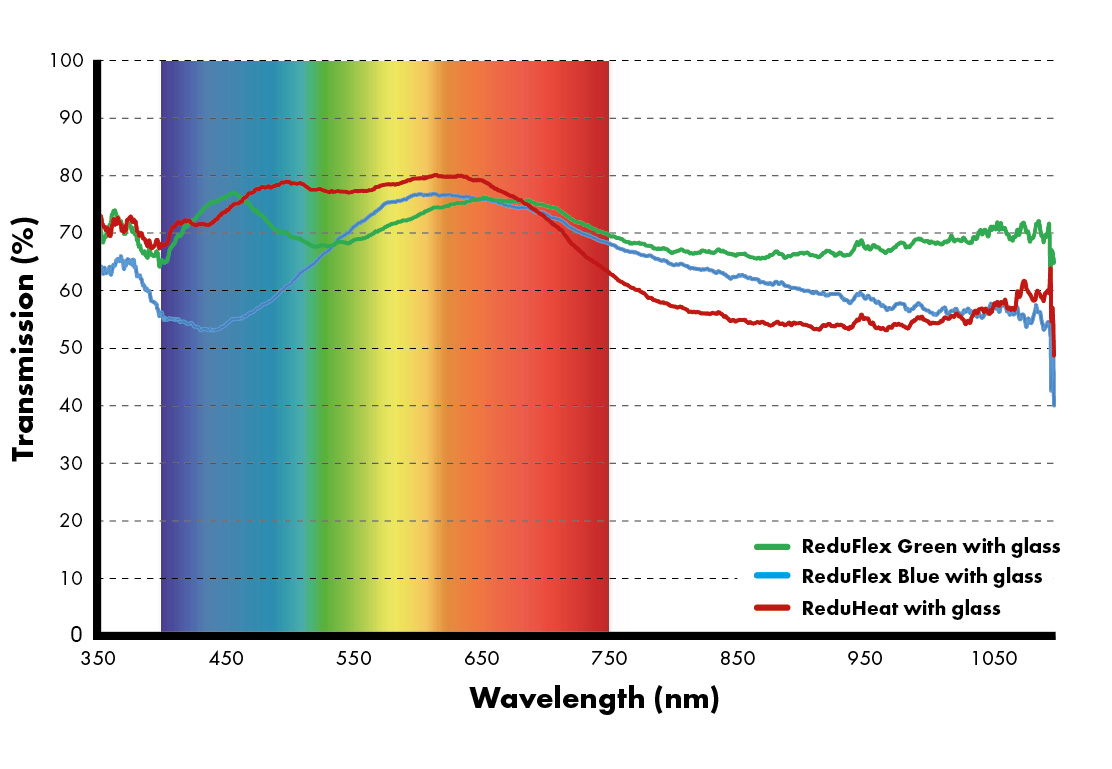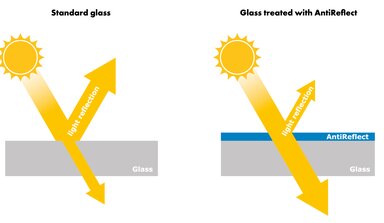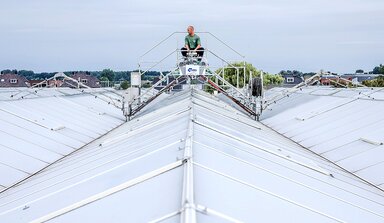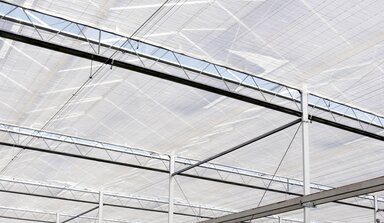Steering with light colours getting closer
Different light colours each have their own effect on growth and development. Our knowledge about this is increasing and is starting to be applied. But does our ability to steer with light still lie way in the future?
Plants 'see' different light colours by using a sort of sensor that consists of light-sensitive pigments. Examples of such pigments are phytochrome, cryptochrome and phototropins. They are sensitive to different colours. For example, phytochrome is sensitive to red and far red, and other colours to a lesser extent. The light colour switches the pigment to a certain position which consequently drives processes in the plant, such as the production of plant hormones.
Increasing knowledge about the effect of light colour
Trials in climate chambers are continuously increasing our knowledge about the effect of light colours. LEDs allow us to choose a certain, precise colour and we can see how the plant responds to it. Red light results in compact, bushy plants; far red in a tall, elongated crop. The combination of red and far red determines the induction of flowering and flowering itself. Blue causes the stomata to open further but also limits the number of stomata during the formation of the leaf. This colour also reduces the resistance experienced by the water transport system in the leaf and reduces stretching. Green light can sometimes reduce the effect of blue light.
Translation into practice still difficult
This is important information for horticulture. But for the time being it appears difficult to translate this new knowledge directly into practical situations. Many unexpected effects occur in the greenhouse because, for example, sunlight (which comprises all colours) plays a predominant role but also because natural light does not have a constant composition. Sometimes the plant’s biological clock plays a role so that at a certain time of the day blue light causes an effect but at another time it doesn’t.
The awareness that light colour has an influence makes the choices for the grower more versatile, but also more difficult. Assimilation lighting, use of screens and the type of glass on the roof also affect the light spectrum that reaches the plant. In this way, often unknowingly, growers are already steering with light.
Targeted steering with light
The goal, of course, is targeted steering with light. This can be achieved by changing the ratio between different light colours. Initially, steering with LEDs was considered. However, with the current status of knowledge and technology the possibilities are often limited. For example, if you want to mix in 50% red light with full sunlight, in order to keep pot plants compact, you’d need to hang an impossible number of lamps. Besides, a very small amount of far red can ruin the entire compact effect.

Filtering colours with ReduSystems coatings
The use of coatings makes it possible to influence certain plant reactions by filtering out certain light. ReduSystems coatings provide an opportunity to filter out a very targeted part of the light spectrum. ReduHeat and ReduFuse IR allow as much PAR light as possible to enter while reflecting infrared light.
New developments are the coatings ReduFlex Blue and ReduFlex Green. Part of the colour spectrum in PAR light is reflected in order to achieve certain control over the plant. The graph above shows the reflection per light colour. By applying ReduFlex Blue relatively more red than blue light is allowed through. Because blue light reduces stretching, this results in a clear increase in the length of roses, for example. We’ve tested ReduFlex Green in tomato production. This coating maintains the ratio between red and blue light; green light is partially reflected by the plant and the rest is converted to heat. By screening out highly energetic green light the temperature of the plant remains lower. This promotes vegetative growth which is certainly an advantage in production areas with a warm and dry climate. With ReduFlex Blue and Green we’ve proven that it’s possible to apply the concerning light colours in practical situations.
For years ReduSystems have been at the forefront of innovation. Together with worldwide leading research centres, universities and growers we are continuously developing new products and testing them in practice. We continue to innovate to develop cultivation specific coatings. Only products which demonstrate a clear added value are included in the ReduSystems family.


